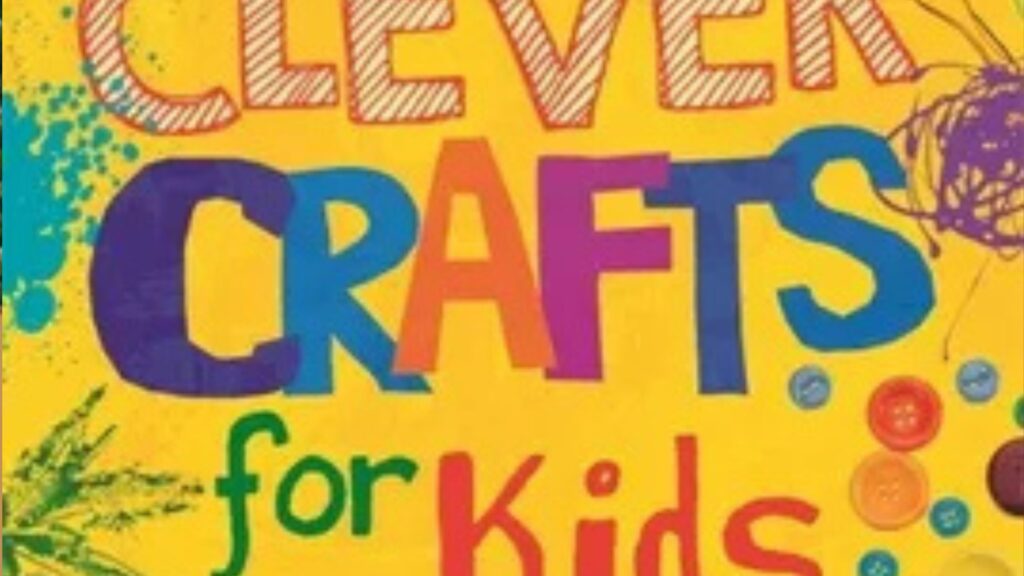
Introduction to Roasts That Hurt and Rhyme
When it comes to humor, there’s something uniquely captivating about a roast. Whether it’s delivered in a playful setting or as a sharp comment designed to sting, a well-executed roast can leave people either laughing or cringing. However, a roast that rhymes? That’s the next level of wit. It’s clever, memorable, and can leave a lasting impression. A roast that rhymes can be a perfect blend of humor, wit, and sharpness.
But there’s more to creating these poetic burns than just rhyming words. In this article, we’ll explore the art of crafting roasts that both hurt and rhyme, the different types of rhyming roasts, and how to make sure you’re hitting the right note without crossing the line.
Table of Contents
What Is a Rhyming Roast?
A rhyming roast is exactly what it sounds like—an insult or playful jab that follows a rhyming pattern. The goal is to mock or tease someone in a creative way while keeping the rhyme scheme intact. Rhyming adds an extra layer of cleverness, turning what could be a basic insult into something more sophisticated and memorable. The structure often makes the roast feel fun and less harsh, even if it still packs a punch.
The Power of a Rhyming Roast
What makes a rhyming roast so effective? Here are a few reasons:
- Catchiness: Rhyming makes the insult stick in the listener’s mind. The rhythm makes it easier to remember, and that can turn a simple roast into something that stays with the person for a while.
- Cleverness: There’s a certain skill to crafting an insult that fits a rhyme. It shows quick thinking, wordplay, and a sharp sense of humor, making the roast more impressive than just an off-the-cuff comment.
- Playfulness: While a non-rhyming roast can come off as mean-spirited or sharp, rhyming roasts tend to feel more like playful teasing. The rhythm and rhyme soften the blow, making the burn feel less like a personal attack and more like a humorous challenge.
- Memorability: Rhyming insults are often remembered long after they’re delivered. That’s why you’ll often hear people quote funny or clever rhyming roasts long after the moment has passed.
Types of Rhyming Roasts
Rhyming roasts come in many forms, and some types are more effective than others depending on the situation. Let’s break down a few of the most common forms:
1. Couplet Roasts
A couplet is a pair of lines that rhyme. This is one of the simplest and most classic forms of rhyming roasts. The two lines allow for a quick punchline and set the tone for the insult. These are great for moments when you want a short, sharp burn.
Example:
- “You’re so slow, it’s hard to tell,
Even snails think you’re in hell.”
2. Limericks
A limerick is a five-line poem with an AABBA rhyme scheme. Limericks are fun because they often tell a short, funny story or image. They’re perfect for roasts that require a bit more creativity and length.
Example:
- “There once was a guy named Ted,
Whose fashion was often misread,
With pants far too tight,
And a shirt that’s a fright,
He’s the worst dresser ever, it’s said.”
3. Rap-Style Roasts
Inspired by hip-hop culture, rap-style roasts are fast-paced, clever, and often layered with wordplay. These can be delivered with rhythm, which adds to the sting. A rap roast can be a fun way to roast someone without being overly harsh.
Example:
- “You think you’re a king, but you’re barely a pawn,
The way you talk tough, you’re just a yawn,
You’re slow like dial-up, outdated and weak,
I’m living in 2025, but you’re stuck in the past week.”
4. Haiku Roasts
A haiku is a traditional Japanese form of poetry with a 5-7-5 syllable structure. While it’s more concise, the challenge of fitting an insult into the structure can be a fun and difficult task. Haikus offer a more subtle, indirect approach to roasting.
Example:
- “Your hair’s looking sad,
Your jokes are more bland than bread,
No one’s laughing, Chad.”
5. Acrostic Roasts
An acrostic poem involves spelling out a word vertically, with each line starting with the respective letter of the word. This can be a fun way to roast someone’s name, personality trait, or something they’re known for.
Example:
- Making excuses all day,
- All you do is complain,
- Thinking you’re right, it’s insane,
- The way you act is so lame,
- Have some pride, don’t take the blame,
- Everyone sees you’re just a shame.
How to Craft a Perfect Rhyming Roast
Creating a rhyming roast isn’t just about throwing together a rhyme and calling it a day. Here’s how you can master the art of crafting a roast that will sting, but still feel playful.
1. Know Your Audience
Before delivering a roast, it’s important to know who you’re talking to. A well-crafted roast can bring people closer together when done in good fun, but it can also be hurtful if the timing, context, or delivery is off. Ensure that your roast is appropriate for the setting and your relationship with the person.
2. Keep It Light-Hearted
While the goal of a roast is to mock someone in a funny way, it shouldn’t cross the line into being mean-spirited. Always keep it light and fun. If you notice the person isn’t taking it well, it’s best to ease up.
3. Use Wordplay
Clever wordplay is a hallmark of great roasts. You don’t just want to rhyme for the sake of rhyming; make sure the words you’re using add a layer of wit. Puns, double meanings, and plays on words elevate a roast from simple to sophisticated.
4. Be Creative
If you’re stuck on the basics, start by observing your target’s quirks, habits, or physical traits. Draw inspiration from those and transform them into clever rhymes. The more personalized your roast, the better it will land.
5. Keep It Short and Sweet
A great rhyming roast doesn’t need to be a long tirade. Brevity is key. A quick jab with a punchy rhyme will have much more impact than a drawn-out insult.
Possible FAQs
Q: Are rhyming roasts always funny?
A: Not always. The effectiveness of a rhyming roast depends on the context and delivery. If the person being roasted has a good sense of humor, they may find it funny, but if it’s too mean-spirited or badly timed, it could backfire.
Q: How do I make sure I’m not crossing the line with my roast?
A: The best way to ensure you’re not being too harsh is to keep the tone light and playful. Avoid targeting sensitive topics like appearance, personal issues, or anything that could be seen as offensive. Stick to harmless fun.
Q: What’s the difference between a roast and just being rude?
A: A roast is meant to be playful and humorous, typically between friends or in a setting where everyone knows it’s not meant to be taken seriously. A rude comment, on the other hand, lacks humor and is intended to hurt the person.
Q: Can I use a rhyming roast for a professional setting?
A: It depends on the setting and the relationship you have with the person. In professional environments, it’s important to be cautious and ensure that any joking doesn’t offend or undermine anyone.
Q: How do I come up with rhyming insults?
A: Start by thinking about the person’s traits, habits, or mannerisms. Then, try to create puns or use familiar phrases that relate to those characteristics. Rhyming dictionaries and online tools can also help spark ideas.
Conclusion
Crafting a rhyming roast is an art form that requires wit, creativity, and a good understanding of humor. Whether you’re poking fun at a friend, teasing someone in a playful way, or participating in a roast battle, rhyming insults bring a fresh, clever twist to the world of comedic jabs. However, always remember to keep things light and respectful to ensure the roast lands in the right spirit!
READ MORE: FintechZoom Best Travel Credit Card: A Guide to Top Picks for Travelers






